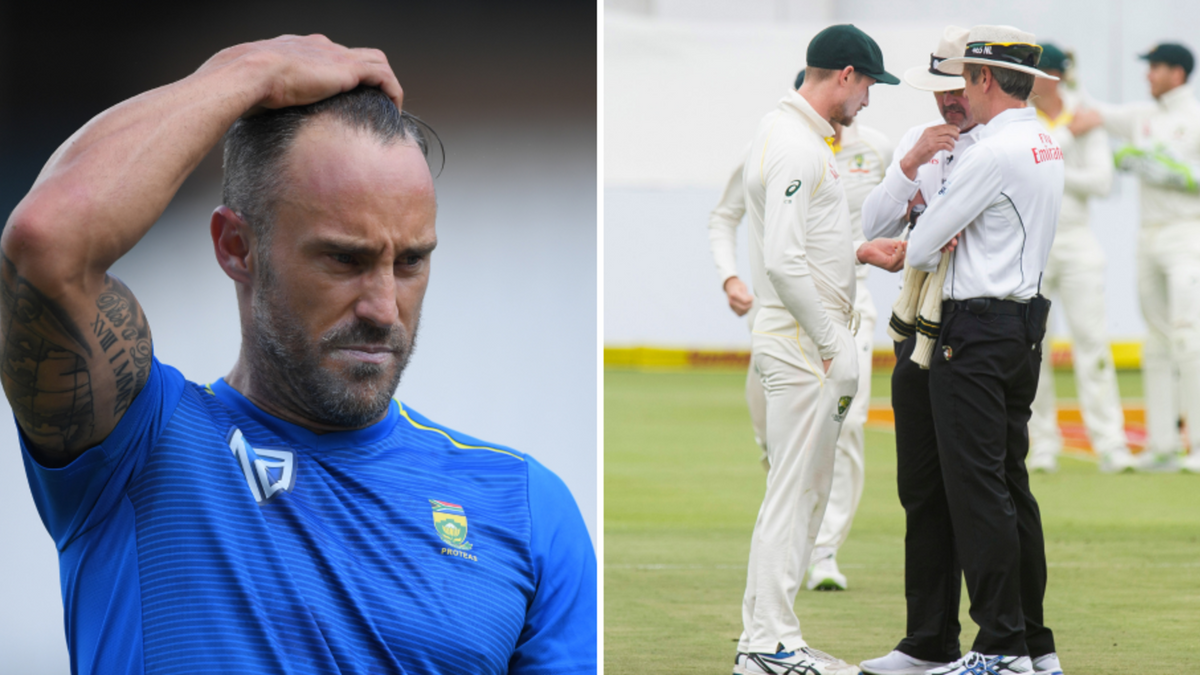
In excerpts from his upcoming autobiography, former South African captain Faf du Plessis has claimed that the South African team had suspected Australia of ball tampering before “Sandpapergate”.
In passages of his book titled, Faf: Through Fire, that have been released to News Corp, du Plessis recalls that the South African team had become suspicious of the Australian team the game before they were eventually caught ball tampering and had began watching them through binoculars from the boundaries edge.
According to News Corp, the accusation of their team’s ball tampering throughout the series is strongly disputed by Australian sources.
“During the first Test in Durban, the Australian pace attack had got the ball to reverse insanely,” writes du Plessis. “Mitchell Starc claimed nine wickets and, although I regard him as one of the best proponents of reverse-swing bowling I have ever seen or faced, those deliveries in Durban were borderline unplayable.
“He would come in around the wicket with a badly deteriorated ball and get it to hoop past us.
“Our balls had also reversed but not nearly as much as theirs.”
Du Plessis goes on to explain that the South Africans began to suspect that someone must have been “nurturing” the ball to get it to “reverse so wildly”.
“We watched the second Test at St George’s through binoculars so we could follow the ball more closely while Australia was fielding.”
It was during this Test match that Australia were caught ball tampering. Du Plessis mentions a noticeable difference between how much reverse swing the Australians managed in the Test at Durban until they were caught, and the third and final Test in Johannesburg after they had been: “We now know that there was an obvious reason for that.”
At the same time, du Plessis goes on to explain that he does not believe that Steve Smith and his team “did much wrong”.
“It’s no secret that all cricket teams want the ball to reverse…We, too, have pushed those boundaries.”
Last year, the current Australian bowling attack of Starc, Josh Hazlewood, Pat Cummins and Nathan Lyon released a statement reiterating that they had no knowledge of ball tampering at the time.
“We did not know a foreign substance was taken onto the field to alter the condition of the ball until we saw the images on the big screen at Newlands,” the statement read.
“And to those who, despite the absence of evidence, insist that ‘we must have known’ about the use of a foreign substance simply because we are bowlers, we say this: The umpires during that Test match, Nigel Llong and Richard Illingworth, both very respected and experienced umpires, inspected the ball after the images surfaced on the TV coverage and did not change it because there was no sign of damage.”








